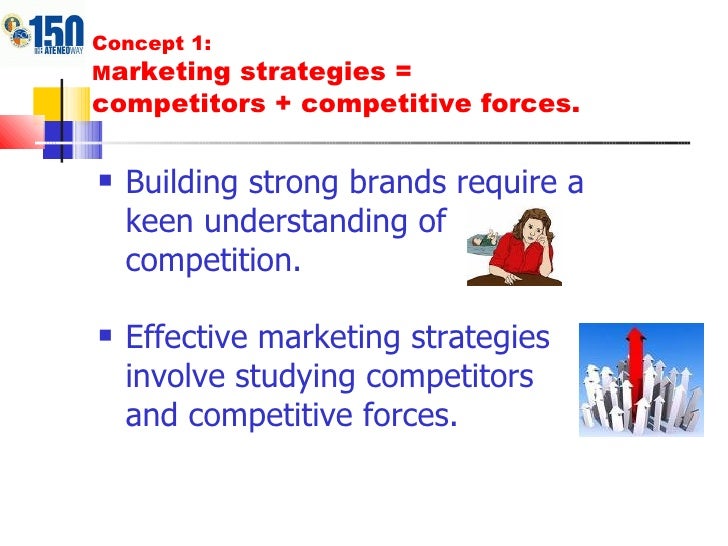How To Deal With Competition Small Business

Small businesses are facing unprecedented competition, threatening their survival. Experts urge immediate action to adapt and innovate or risk being left behind.
This guide provides actionable strategies for small businesses to navigate the competitive landscape, focusing on differentiation, customer loyalty, and efficient operations. Ignoring these steps could spell disaster for many local enterprises.
Understand Your Competition
Know thy enemy, or in this case, thy competitor. Identify who your main rivals are and analyze their strengths and weaknesses. This includes their pricing, marketing strategies, and customer service.
Use tools like Google Alerts and social media monitoring to track their activities. Also, secret shopping can provide firsthand insights into their customer experience.
Differentiate Your Business
Don't be a carbon copy. Find your unique selling proposition (USP) and emphasize it in your marketing. What can you offer that your competitors can't?
This could be superior customer service, specialized expertise, or a unique product. According to a 2023 report by the Small Business Administration, businesses with a strong USP are 30% more likely to thrive.
Focus on Customer Loyalty
Retaining existing customers is far more cost-effective than acquiring new ones. Implement a loyalty program to reward repeat business.
Offer personalized experiences and proactively address customer concerns. A Bain & Company study found that a 5% increase in customer retention can increase profits by 25-95%.
Optimize Your Online Presence
In today's digital age, a strong online presence is crucial. Ensure your website is mobile-friendly and easy to navigate. Invest in search engine optimization (SEO) to improve your visibility in search results.
Actively engage with customers on social media. Respond to inquiries promptly and use social media to promote your business and build brand awareness. Consider paid advertising on platforms like Google and Facebook to reach a wider audience.
Embrace Innovation
Don't be afraid to experiment with new ideas. Continuously seek ways to improve your products, services, and processes. Stay informed about industry trends and adapt your business accordingly.
This could involve adopting new technologies, implementing more efficient workflows, or offering innovative products. McKinsey & Company research suggests that innovative companies are 1.7 times more likely to outperform their competitors.
Streamline Operations
Efficiency is key to maintaining profitability. Identify areas where you can reduce costs and improve efficiency. This could involve automating tasks, outsourcing non-core functions, or negotiating better deals with suppliers.
Regularly review your financial statements to identify areas for improvement. Implement cost-cutting measures without sacrificing quality.
Build Strategic Partnerships
Collaboration can be a powerful tool. Partner with other businesses to expand your reach and offer complementary products or services. This can create mutually beneficial relationships that strengthen your competitive position.
Attend industry events and networking opportunities to connect with potential partners. Consider joint marketing campaigns or cross-promotional activities.
Monitor and Adapt
The competitive landscape is constantly evolving. Regularly monitor your performance and adapt your strategies as needed. Be prepared to pivot quickly in response to changing market conditions.
Use data analytics to track your progress and identify areas for improvement. Don't be afraid to make adjustments based on the data.
Next Steps
Implement these strategies immediately to safeguard your business. Further resources are available on the SBA website, including workshops and counseling services. Ignoring these warnings could have severe consequences for your small business.


















